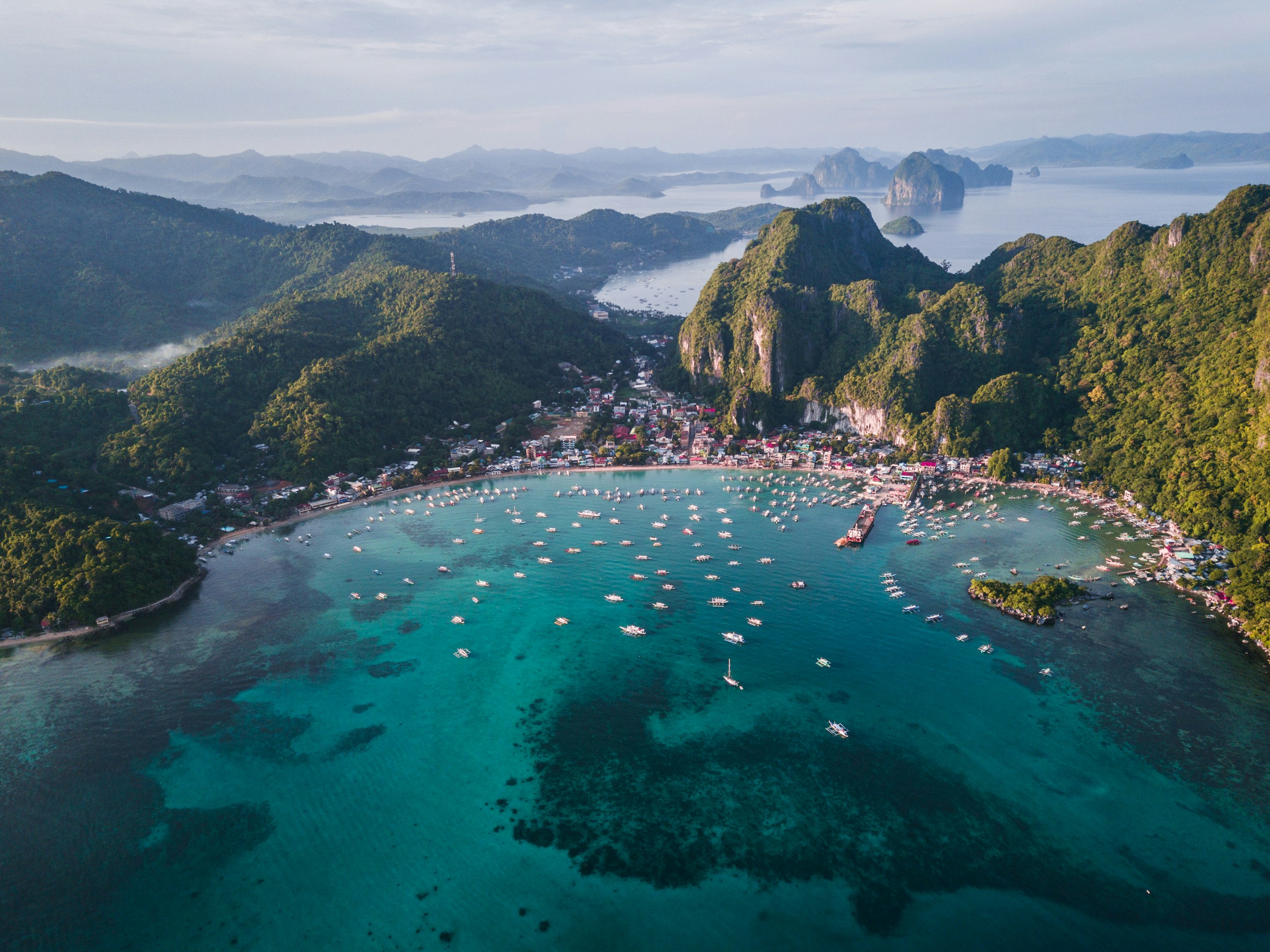
The Philippines, an archipelagic nation spanning over 7,000 islands, offers an unparalleled and distinctive experience for travellers. With a vibrant culture, delectable cuisine, welcoming locals, and breathtaking natural scenery, the country boasts a diverse range of offerings to cater to all interests. With more than 7,000 islands consisting of rice paddies, volcanos, mega-metropolises, world-class surf spots, and endemic wildlife, the Philippines is one of the most dazzling and diverse countries in all of Asia. Not to mention, it's home to some of the world's best beaches, too.
| Country | Philippines |
| Languages Spoken | Tagalog, English |
| Currency Used | Philippine peso |
| Visa Requirements |
To apply for a Philippine visa, you'll need a valid passport, a completed visa application form, a passport-sized photo, proof of onward/return travel, and potentially other documents depending on your visa type and nationality. Here's a more detailed breakdown of common requirements: General Requirements: Valid Passport: Your passport must be valid for at least six months beyond your intended stay in the Philippines. Visa Application Form: Complete the visa application form accurately and legibly, either online or by hand. Passport-Sized Photo: Provide a recent passport-sized photograph with a white background. Proof of Onward/Return Travel: Show evidence of your return or onward journey, such as a flight ticket or ferry ticket. Proof of Sufficient Funds: You may be required to demonstrate that you have sufficient funds to cover your stay in the Philippines, especially for longer stays or certain visa types. Hotel Accommodation or Proof of Lodging: Provide evidence of where you will be staying during your visit. Other Supporting Documents: Depending on your visa type and nationality, you may need to provide additional documents, such as a business invitation letter, police clearance, or bank statements. Specific Visa Types: Tourist Visa: For those visiting the Philippines for tourism purposes. Business Visa: For those attending business meetings or conferences. Temporary Visitor Visa: For those visiting for purposes other than tourism or business, such as medical treatment or family visits. Student Visa: For those studying in the Philippines. Important Notes: Appointment Booking: Visa applications are generally processed on an appointment basis, so be sure to book an appointment with the Philippine embassy or consulate in your country. Visa Fees: There are visa fees associated with processing your application, which vary depending on the visa type and your nationality. Check for Updates: Visa requirements and procedures can change, so it's always a good idea to check the official website of the Philippine Department of Foreign Affairs for the latest information. |
| Activities |
Hang on the Philippines' best beaches. ... Gaze in awe at the Banaue Rice Terraces. Cruise Puerto Princesa's Underground River. Sample all kinds of Filipino street food. Visit the oldest church in the Philippines. Snorkel El Nido's vibrant coral reefs. Go on a walking tour of Manila. |
| Best Time to Visit |
Here's a more detailed breakdown: Dry Season (December to May): Ideal for: Beach hopping, island hopping, water sports, and exploring the country's natural beauty. Specific Months: December to February: Coolest and driest months, perfect for avoiding the heat and enjoying the most pleasant weather. March to May: Temperatures start to rise, but still dry and sunny. Wet Season (June to November): Considerations: This period sees more rainfall and a higher risk of typhoons, especially from July to October. Potential Benefits: Fewer crowds and lush, green scenery. Best for: Budget travelers and those seeking unique experiences, but be prepared for occasional rain. Shoulder Seasons (May and November): Pros: Offer a good balance of pleasant weather, fewer crowds, and potentially lower prices. Cons: May can still be hot and humid, while November might see the start of the rainy season in some areas. |
| Health and Safety |
When planning a trip to the Philippines, prioritize health and safety by being aware of potential risks like mosquito-borne diseases, crime, and terrorism, and taking necessary precautions like using insect repellent, avoiding certain areas, and being mindful of your surroundings. |